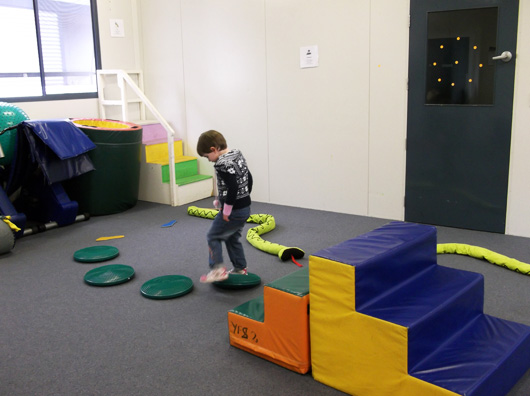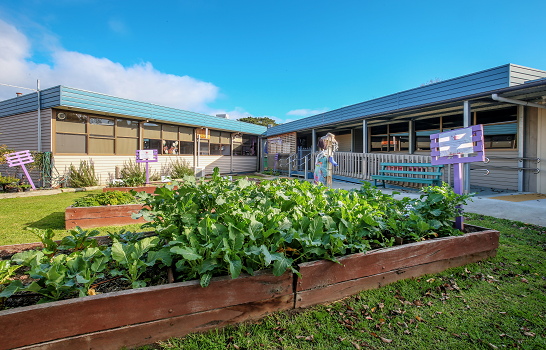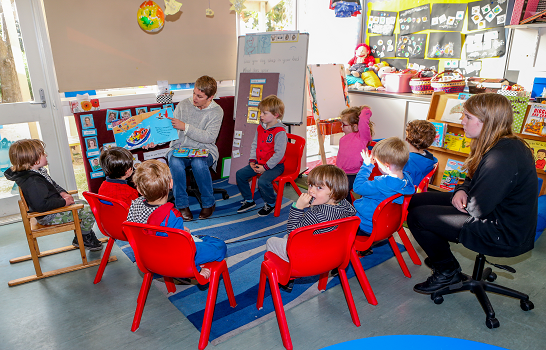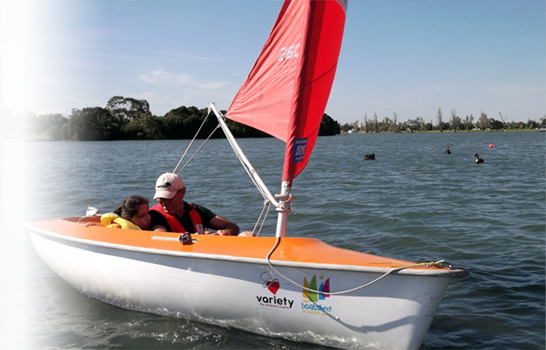Perceptual Motor Program (PMP)
The perceptual motor program is a group activity with a ratio of at least one adult per three students. The program, was jointly devised by physiotherapists, occupational and speech pathologists familiar with the particular needs of special needs students.
Aim: To train the nervous system so that a child develops the ability to remember patterns of movement, sequences of sounds and the look and feel of things. When movement tasks are fully integrated, children are able to perform them automatically, allowing freedom to do more than one task at a time. In addition, social and behavioural challenges are presented, words are introduced and reinforced, and behaviours such as waiting in line, taking turns, applauding the efforts of others are encouraged.

The key areas are:
- Gross motor skills - the acquisition of large scale movements e.g: walking, running, jumping, skipping, climbing, moving in and out of positions.
- Fine motor skills - the acquisition of small scale movements e.g: performing building tasks,
- isolating various fingers, using tools, copying precise actions without overflow (accompanying large scale movements).
- Crossing the midline of the body (laterality). Eyes must also learn to track across the body midline to avoid potential difficulties with reading.
- Establishment of a preferred hand. Examples include ball games, building activities, pushing and pulling tasks.
- Balance - closely associated with the development of gross motor skills.
- Body and space awareness. This usually develops from head to toe and from the centre outwards. Development is encouraged by movement through space such as swinging, moving the body/parts of the body in relation to pieces of equipment, e.g: tyres, hoops, boxes and tunnels. Spatial concepts such as behind, between, backwards, forwards and up/down are also practiced.
- Visual and spatial skills. Students are helped to track objects in all directions, match shapes and copy patterns.
- Rhythm sequence, memory and listening. Activities such as clapping to rhythms, fast vs slow movements, counting claps, steps, jumps, etc. These skills are relevant to the development of mathematical abilities.
- Communication and behaviour. In addition to verbal instructions, many pieces of apparatus are marked with Boardmaker diagrams, and Key Word signs are used appropriately. Students are rewarded for appropriate behaviour and effort.




